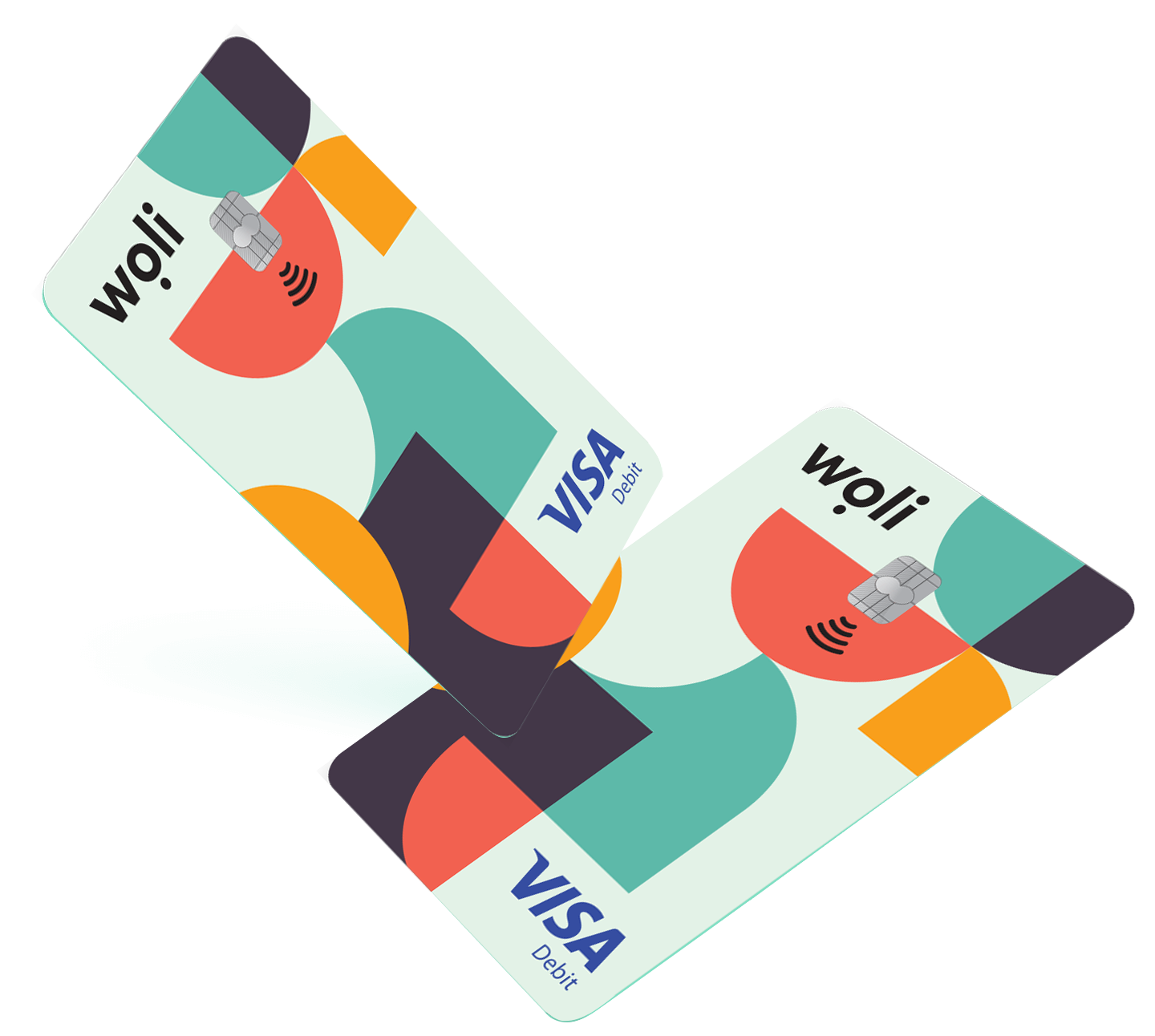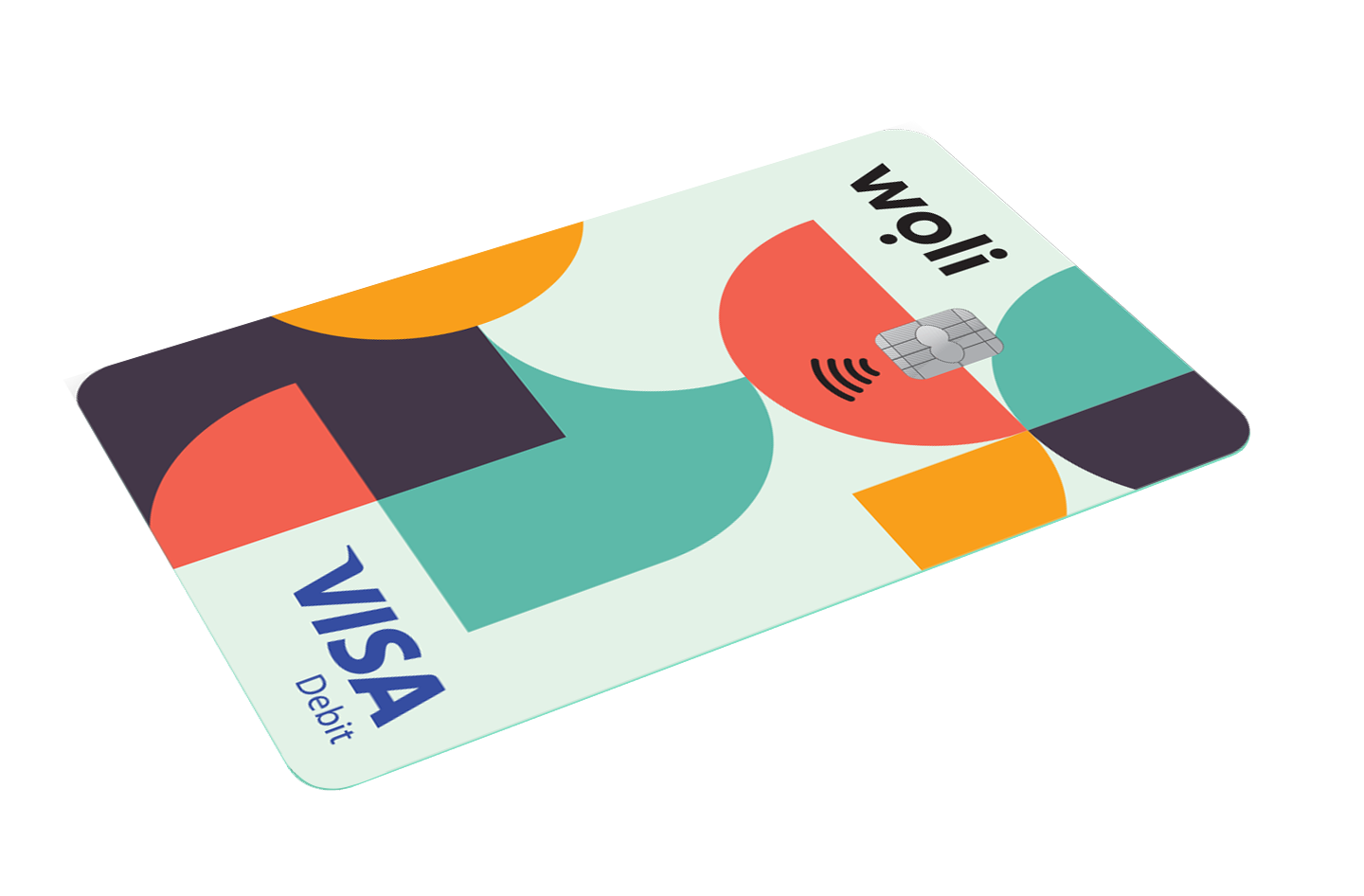When we want to organize our ideas and thoughts, one of the most efficient ways is mind maps. These maps are graphic representations of information. Unlike traditional, linear notes with which one can capture what one thinks on a piece of paper, mind maps allow us to capture thoughts, ideas and keywords on a blank canvas. These ideas are therefore organized not linearly but in a two-dimensional structure, with the main idea always being in the center of the map. The ideas associated with the main idea branch from the center in all directions, creating a radiant structure, leading our thinking deeper into detail.
But how do mental maps relate to teenagers?
Adolescence is a period in which people transition from childhood and more care-free age to adulthood. They acquire more responsibilities, they perceive themselves as a member of society, they become aware of their obligations and they dream of their future. Within this framework, they try to organize their ideas, thoughts and feelings, which occasionally overwhelm them. These maps give teenagers a visual picture of their thoughts and how they are connected to each other. In this way, mind maps act as a tool that reflects their inner, spiritual and psychic world while, at the same time, they can help them reach greater levels of learning, self-knowledge and organization.
What exactly do they offer?
- Help in the transition from linear to combined thinking
They give teenagers the opportunity to visualize and organize their thoughts while surfacing the correlations that exist between pieces of information or concepts.
- Improve understanding and learning
By structuring information in a way that is more compatible with visual learning styles and filtering large texts into smaller keywords, teenagers can absorb and process large amounts of information faster. It is no coincidence that mind mapping is a fairly popular technique in school and university education.
- Boost creativity and productivity
It has been observed that the process of developing a mind map stimulates our brain like no other technique and encourages a creative flow of ideas. Also, mind maps allow us to record these ideas with incredible speed, creating a frictionless thought process. Teenagers using such methods feel more creative and efficient.
- Improve memory and recall
Mind maps feature powerful mental stimuli such as images, colors, shapes and other connections which help the adolescent brain process and memorize large amounts of information, which it can then recall more easily. Studies have shown that mind maps can improve memory by 10 to 15 percent. Interestingly, students with learning disabilities such as dyslexia or high-functioning autism have reported finding mind maps as invaluable study aids.
In summary, mind mapping is not only an educational technique but also an organizational skill which, the earlier acquired by our children, the more creative and less stressful their lives will be.






